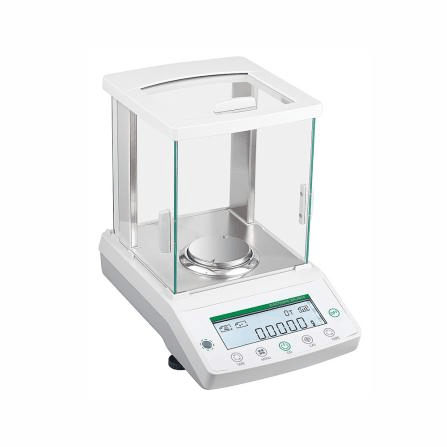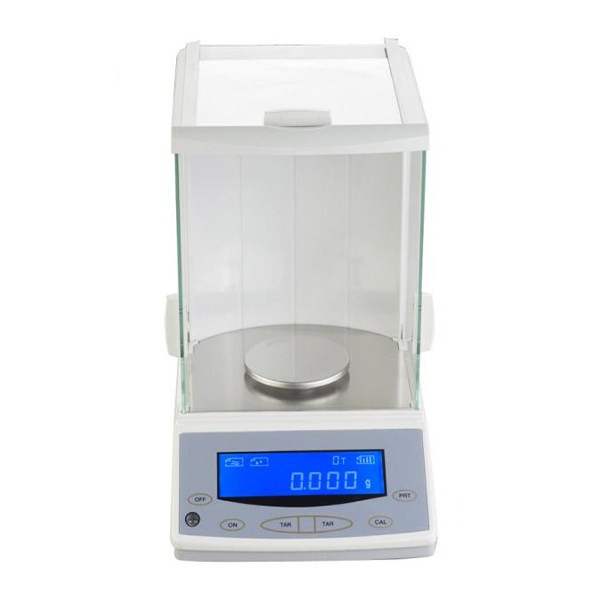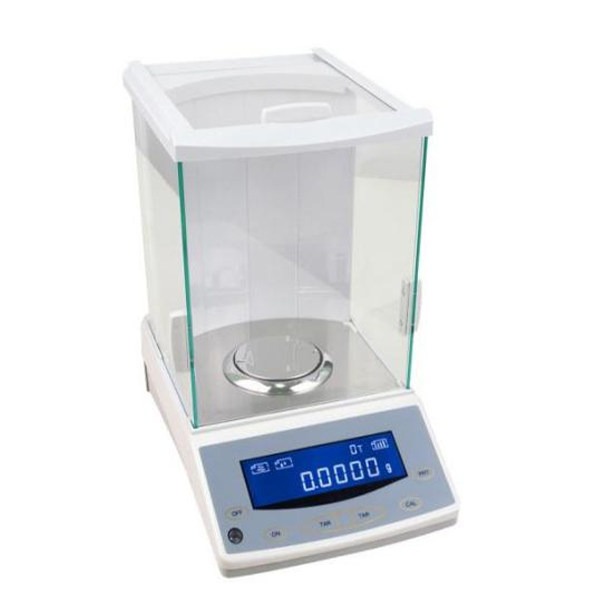Only by selecting a good analytical balance for weighing and weighing accurately can we lay a stable foundation for the various work of the laboratory.
What Is an Analytical Balance
Analytical balance generally refers to a high-precision balance that can accurately weigh to 0.0001 g. It is an indispensable and important instrument in quantitative analysis. It is the guarantee to obtain reliable analysis results by fully understanding the performance of the instrument and mastering its use method. There are many types of analytical balance, including ordinary analytical balance, semi-automatic/automatic coded electro-optical projection damping analytical balance, and electronic precision analytical balance.
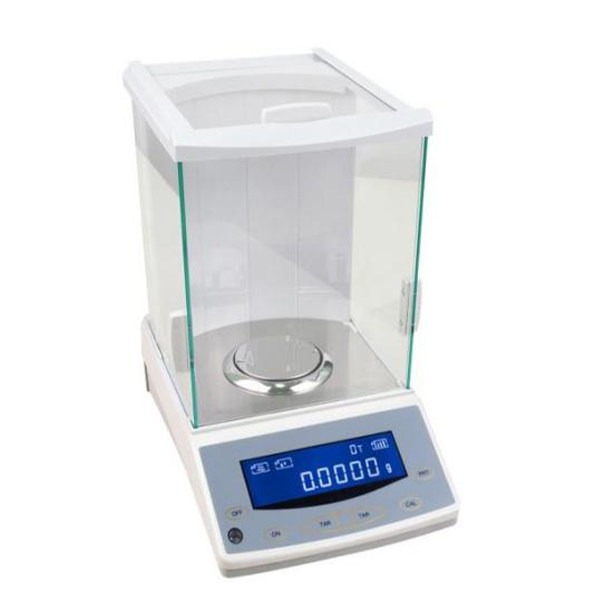
The Importance Of Analytical Balance
An analytical balance is an indispensable instrument for laboratory analysts. The analytical results are directly related to it. Especially when the analytical content at the ppb level, it is more important for laboratory analysts to have an accurate, stable, and high-precision balance. Calibrate before weighing. Pay attention to no airflow in the room when weighing. When preparing a trace standard solution, a microanalytical balance is required to weigh the standard.
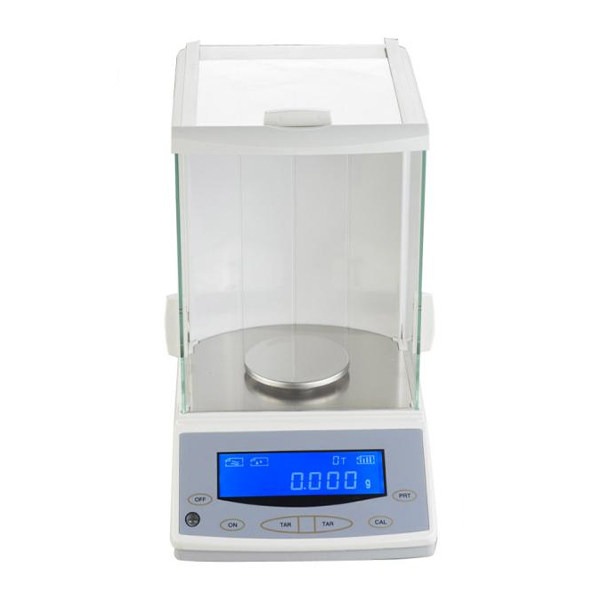
How To Judge The Quality Of An Analytical Balance
Only by mastering and judging the quality of an analytical balance can we find the right one among many products.
It is necessary to measure the performance parameters of an analytical balance, which include accuracy, stability, linear accuracy, repeatability accuracy and sensitivity.
Stability
stability can be divided into transient stability and long-term stability. Instantaneous stability means that the value displayed on the balance immediately after the measured object is placed and remains unchanged. Long-term stability refers to the difference in the change of the weight of the same supplement in different time periods after the analytical balance has little change in the ambient temperature. The more the difference between the above parameters, the more stable the performance of the analytical balance.
Linear accuracy
It refers to the accuracy of the laboratory balance at each point within the weighing range. The electronic balance consists of several weighing points within the weighing range. For example, the 300g electronic balance consists of 0.1g, 0.11g, 0.12g, 0.13g, 0.14g, 1.00g, 1.13g, 5.00g, 10.00g, and 20.01g…… To 299.99g, 300.00g, and other points. The more weighing points measured during purchase, the better you can buy. Only the calibration point of the balance is accurate when the quality is poor. Other weighing points may have large differences. Each weighing point can be measured by standards.
Repeatability
It refers to the difference between the values displayed each time when the same measured object weight is repeatedly weighed. The smaller the difference, the better. For example 50.00g, 50,01g, 49.90g, 49.99g, and 50.10g, the smaller the difference among them, the better.
Sensitivity
It refers to the time limit of resolution and resolution. Resolution refers to the calibration graduation value e or display resolution d. The smaller the value, the better and the sensitivity is extremely high. The analytical balance has a fast response and high sensitivity.
Long service life
The longer the service life is, the better. You can propose the warranty period to the analytical balance supplier to measure the service life.
Summary
Selecting the right high-precision analytical balance can do a great favor in the work of laboratory analysis. Through this article, hope can help you choose a good analytical balance.

